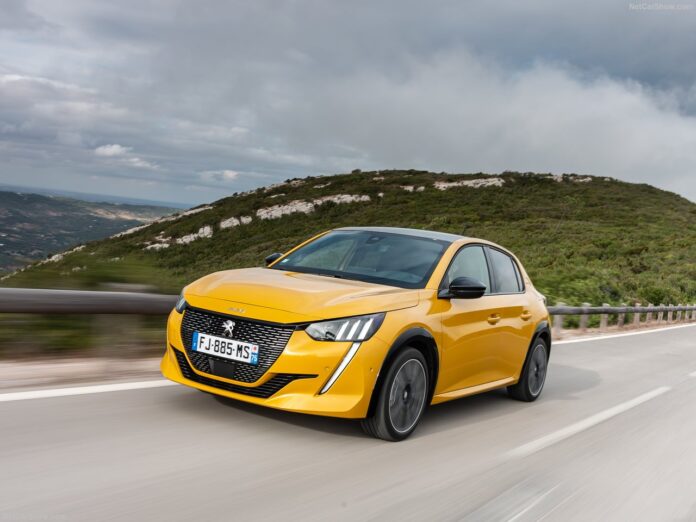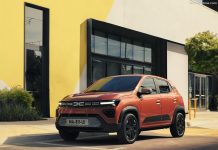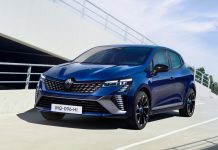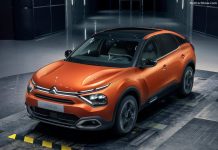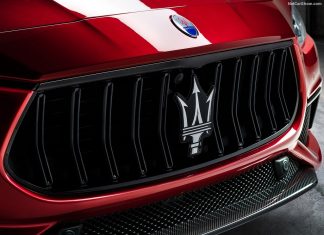Moroccan Vehicle Market in 2025 is accelerating. H1 figures grew 22.4%, with Peugeot and Volkswagen reporting major gains. EVs outpace continental trends and are steadily expanding.
Economic Environment
In 2025, Morocco’s economy is projected to grow by 3.8%, with the same pace expected in 2026, supported by improved weather conditions that are set to boost agricultural output and strengthen domestic demand. Growth will also be driven by strong performance in the tourism, manufacturing, and construction sectors, with foreign direct investment remaining robust, particularly in aeronautics, textiles, and food processing. Inflation is expected to edge up slightly in 2025 but stabilize around 2% by 2026, allowing the central bank to continue its easing cycle, which brought the policy rate down to 2.25% in March 2025.
Despite an increase in imports and a slight dip in exports, the current account deficit remains manageable due to steady FDI inflows. Fiscal policy remains mildly supportive, aided by recent tax and subsidy reforms that helped lower the deficit below 4%. However, high youth unemployment and low female labour participation persist, highlighting the need for continued labour market reforms and improved access to childcare. Efforts to enhance productivity through better education, skills development, and reducing early school leaving are also crucial. Morocco’s exposure to European markets and global trade uncertainties poses risks, particularly for the automotive supply chain.
Automotive Industry Trend and Outlook
After growing 12.8% in 2024, the Moroccan vehicle market continues to expand in 2025. H1 figures increased by 22.4% to reach 103,391 units
Brand-wise, Dacia was still the leader with a share of 22.8% (+19.2%), followed by Renault with 16.8% (+37.9%) and by Hyundai with 8.7% (+24.6%).
Peugeot climbed 1 spot into 4th (+82%) while Volkswagen fell into 5th with a 6.1% share (+59.9%).
Looking at specific models the Dacia Sandero was still the best seller in the rankings while gaining 30.1% in year-on-year volume, followed by the Renault Kangoo Express, up 48.2%.
EV Market Trend and Outlook
Morocco keeps leading charge in EV adoption in Africa. In H1 of 2025 it gained 176.5%, to reach a 3% share of the total. The government stated its intention to double the production of EVs. This is to strengthen a sector which is the country’s first exporing industry.
BYd climbed 1 spot into 1st, up 407%. Last year’s leader, Citroen, followed into 2nd, up 95.9% while Dacia dropped into 3rd, up 113.4%.
Medium-Term Market Trend
The Moroccan vehicle market experienced consistent overall growth throughout the decade from 2014 to 2024. Starting at 109,160 units in 2014, the market grew steadily until 2018, reaching record growth figures of 4.5%. Compared to 2014, the market expanded by an impressive 45.9%, reaching 159,253 units.
After 2018, the market entered a contraction phase, losing 3.2% in 2019, followed by a sharper decline during the COVID-19 pandemic in 2020, when sales fell by 19.1% to 124,741 units. Nonetheless, volumes remained above 2014 levels, reflecting a relatively milder impact compared to other African markets. Recovery was swift, with sales rebounding by 34.5% in 2021 to reach 167,726 units. Although macroeconomic pressures caused a 10.3% decline in 2022, the market quickly regained momentum, rising by 5.5% in 2023.
In 2024, Morocco’s vehicle market showed impressive acceleration, with sales growing by 12.8% to reach 179,013 units, setting a new decade high. This strong performance was fueled by Morocco’s deeper integration into the EV sector, with electric vehicle sales surging as the country solidified its position as the leading hub for EV adoption and production on the African continent.
Tables with sales figures
In the tables below we report sales for top 10 Brands.

